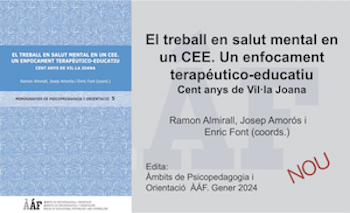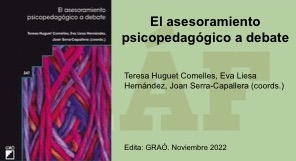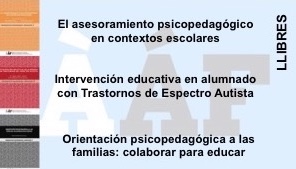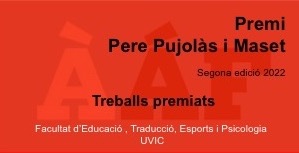An analysis of the yulelog tradition, ans its use as a resource in the school
Keywords:
Yulelog, Tió, Christmas, School, MulticulturalismAbstract
In this paper we analyze the origin of the tradition of Nadal 's Tio, and of "making shit the Tronca", the use of this tradition in school as a play fultool and the pros and cons in relation to the new situation of multiculturalism.
References
Álvarez, M. P. F. (2003). Antología de la literatura nórdica antigua (edición bilingüe). Ed. Universidad de Salamanca. (Vol. 299)
Amades J. (1950), Costumari català, vol. I. Hivern, ed. 1982, pp. 38-44
Barandiaran, J. M. (1972) Dictionnaire Ilustré de Mythologie Basque. Trad. de M. Duveat, Lizarra, 2ª ed. 2001, p. 265
Chambers, R. (Ed.). (1881). The book of days: a miscellany of popular antiquities in connection with the calendar, including anecdote, biography&history, curiosities of literature, and oddities of human life and character W. & R. Chambers. (Vol. 2).
Colell Rotger (2015) Tió de Nadal: Tradició, orígens i evolució. Butlletí del Centre d’Estudis Sant Cebrià. Desembre 2015, núm. 42
Ferreiro, A. (1981). The missionary labors of St. Martin of Braga in 6th century Galicia. Studia Monastica Barcelona, 23(1), 11-26.
Gallar, E. R. (2009). La Navidad a través del tiempo. In La Natividad: arte, religiosidad y tradiciones populares (pp. 825-846). Real Centro Universitario Escorial-María Cristina.
García Pérez, G. (2014). La Tronca de Navidad. Boletín de la Sociedad Ateneista de Aire Libre, (46), 9-19.
Latorre, I. C. (2004). Liturgia del olivo: Funciones y significados en la Semana Santa de Sevilla. Zainak. Cuadernos de Antropología-Etnografía, (26), 259-274.
Menéndez, M. (1880). Historia de los heterodoxos españoles (Vol. 2). Librería católica de San José, gerente V. Sancho-Tello.
Oxenstierna E. G. (1959) The Vikings, Ed. W. Kohlhammer Gmb H, Stuttgart, p. 212
Prat Canos, J. (1982). Aspectos simbólicos de las fiestas. En: Velasco, Honorio M.(ed.): Tiempo de Fiesta. Madrid: Alatar, 151-168.
Rodríguez Pascual F. (2006). El Ciclo de Navidad en Tierras Zamoranas. I. Navidad y Fin de Año. Ed. Semuret, Biblioteca de cultura tradicional zamorana, 18 pp. 138 y 141
San Martín, J. (1976). Fragmentos de canciones del "uskára" roncalés. Cuadernos de etnología y etnografía de Navarra, 8(22), 5-20.
Soler Amigó, Joan (1998) Gran enciclopedia de la fantasía popular catalana' Editorial Barcanova. Barcelona, Ed. 1998
Taboada Chivite X. (1948) Ritos y creencias gallegas. Coruña, 2ª ed., p. 130-138.
Violant i Simorra, R. (1948): El llibre de Nadal. Costums, creencies, significat i origens, Ed. Altafulla. Barcelona, Ed. 1999

Downloads
Published
Issue
Section
License
The authors maintain their copyright and give the right to the first publication of the work to the journal, registered under a Creative Commons Attribution-Non Commercial-NoDerivs license. This license allows others to download the works and to share them with others as long as they credit the author, but it does not allow for any kind of modification or commercial use.














